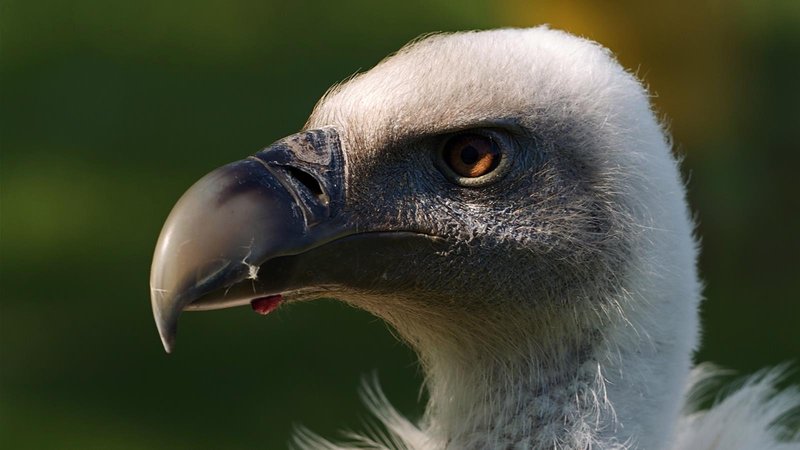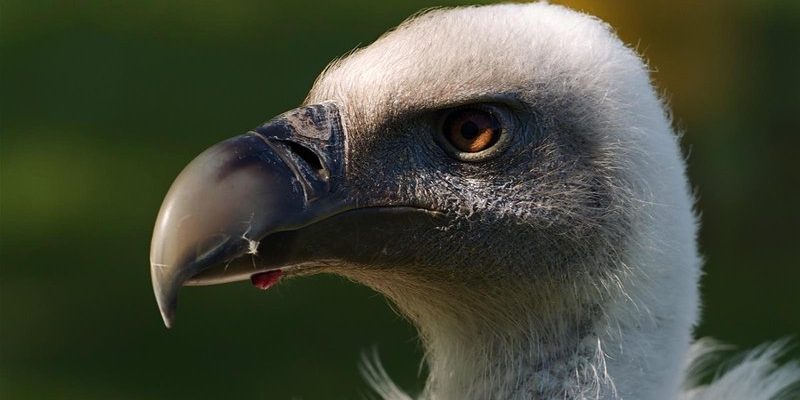
These magnificent birds have a rich history that stretches back millions of years. They’ve adapted brilliantly over time, becoming perfectly suited to their roles in nature. But what brought them to this point? If you’ve ever wondered how these birds evolved and what their past looks like, grab a cozy seat, and let’s dive into the evolutionary journey of the Griffon Vulture.
What is a Griffon Vulture?
The Griffon Vulture (Gyps fulvus) is a large bird known for its impressive wingspan, which can reach up to 2.8 meters (around 9 feet). These birds boast a distinctive appearance, with a shaggy neck collar, a broad, sturdy body, and pale feathers that blend seamlessly with rocky cliffs. Found primarily in Europe, Africa, and parts of Asia, they thrive in open landscapes, where they can spot carrion from great heights.
You might be wondering, why are vultures important? Well, they play a crucial role in maintaining the health of ecosystems. By feeding on dead animals, they help prevent the spread of diseases. Imagine if we didn’t have scavengers around—our world could quickly become a very stinky place! To put it simply, Griffon Vultures are nature’s clean-up crew, and their evolutionary success is a testament to how well they’ve adapted to this vital role.
The Early Ancestors of Vultures
The history of the Griffon Vulture begins millions of years ago with its ancestors. Vultures belong to the order Accipitriformes, which includes hawks, eagles, and kites. This order dates back to the Late Eocene epoch, roughly 50 million years ago. During this time, early bird species started to develop traits that would eventually lead to the vultures we know today.
As they evolved, some birds began to adapt to scavenging, capitalizing on the availability of carrion. By the Miocene epoch (about 23 to 5 million years ago), vultures became more prevalent, with the modern Griffon Vulture’s lineage emerging around 2 million years ago. This ancestry is filled with remarkable adaptations, such as keen eyesight that allows them to spot food from high in the sky and digestive systems that can handle decaying meat without falling ill—a true evolutionary marvel!
Adaptations for Survival
Griffon Vultures have developed some unique adaptations that make them highly specialized scavengers. One of the most notable features is their keen eyesight. These birds can spot potential meals from several kilometers away. Picture them soaring high above a mountainous region, scanning the ground below for a hint of movement or the telltale signs of carrion.
Their feathering is another clever adaptation. Unlike many birds, they have fewer feathers on their heads and necks. This might seem odd, but it’s actually quite practical. It minimizes the risk of bacteria and pathogens sticking to them when they dig into a carcass. It’s like having built-in protective gear! Plus, when they feast, the absence of feathers makes it easier to clean themselves afterward.
Griffon Vulture Behavior and Social Structure
One of the most fascinating aspects of the Griffon Vulture is its social behavior. These birds are often seen in large groups, especially when feeding. They rely on each other to locate food, and there’s a bit of a social hierarchy in play. Dominant individuals often get the best access to a meal, while younger or less dominant vultures must wait their turn.
Additionally, Griffon Vultures are known for their impressive flying skills. They can glide effortlessly on thermal currents, allowing them to cover vast distances with minimal effort. This ability is key to their scavenging lifestyle, as it helps them locate food sources without expending too much energy. Have you ever watched a bird ride the wind? It’s a beautiful sight and shows just how graceful these creatures can be.
The Role of Griffon Vultures in Ecosystems
Griffon Vultures are more than just scavengers; they play a pivotal role in their ecosystems. By consuming dead animals, they help recycle nutrients back into the soil. This process is essential for maintaining the balance of life in their habitats. Without vultures, dead animals could remain, leading to the spread of diseases and an imbalance in the natural order.
Moreover, these birds are considered an indicator species. Their presence often signifies a healthy environment, while their decline can signal ecological issues. For instance, habitat destruction and poisoning have led to significant decreases in Griffon Vulture populations across various regions. Protecting these birds isn’t just about saving a species; it’s about ensuring the health of entire ecosystems.
Conservation and Threats
Sadly, Griffon Vultures face numerous threats today. Habitat destruction, often due to agriculture and urban development, is a major issue. Additionally, they suffer from poisoning, either directly through consuming carcasses laced with toxic substances or indirectly through chemicals in their environments.
Conservation efforts are underway, including breeding programs and habitat protection initiatives. For example, organizations are working to secure safe feeding sites and reduce the use of harmful substances in agriculture. It’s crucial for wildlife enthusiasts and nature lovers to get involved in these initiatives because every little bit helps.
The Griffon Vulture is a remarkable example of nature’s resilience and adaptability. Their journey from early ancestors to the proficient scavengers they are today speaks volumes about the intricate web of life and the importance of every species within it. As we learn more about these incredible birds, let’s remember our role in protecting them and their habitats.
So next time you see a vulture soaring in the sky, you might just look up with a newfound respect for its unique evolution and the vital role it plays in our world. After all, in the grand scheme of things, we’re all connected, and keeping our ecosystems healthy is a responsibility we share.

